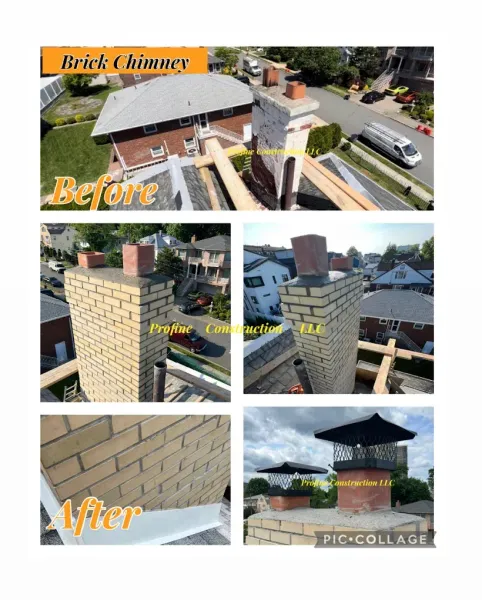Introduction
When it comes to painting, the weather can make or break your project, especially in high humidity conditions. If you've ever attempted to paint during a sticky summer day, you're likely aware of the challenges that come with it. The moisture in the air affects not just the drying time of your paint but also its adhesion and finish quality. In this comprehensive guide, we’ll explore Tips for Painting in High Humidity Conditions and dive deep into strategies that will ensure your painting project remains a success regardless of the weather.
Understanding Humidity's Impact on Paint
What is Humidity?
Humidity is the measure of water vapor present in the air. When humidity levels are high, it means there’s excess moisture, which can drastically affect how paint behaves when applied.
How Does Humidity Affect Paint Application?
High humidity can lead to several issues:
- Extended Drying Times: Paint takes longer to dry when there's excess moisture in the air. Poor Adhesion: High humidity can cause paint to fail to adhere properly to surfaces. Mildew Growth: The combination of moisture and organic materials can result in mildew or mold growth on painted surfaces.
Ideal Humidity Levels for Painting
The best humidity level for painting is typically between 30% and 50%. At this range, most paints dry efficiently and adhere well.
Tips for Painting in High Humidity Conditions
1. Choose the Right Paint Type
Not all paints are created equal when it comes to high humidity conditions. Here’s what you should look out for:
- Water-Based Paints: These paints tend to perform better under humid conditions as they have a faster drying time compared to oil-based paints. Mildew Resistant Formulations: Opt for paints specifically designed to resist mildew and mold.
2. Timing is Everything
Consider timing your painting project wisely:
- Early Morning or Late Afternoon: These times often have lower humidity levels than midday.
3. Prepare Your Surfaces Properly
Proper surface preparation is vital:
- Make sure surfaces are clean, dry, and free from any mildew before applying paint.
4. Use Dehumidifiers
If you’re painting indoors:
- Employ dehumidifiers to lower indoor humidity levels before and during your project.
5. Ventilation Matters
Ensure that there’s adequate ventilation while painting:
- Open windows or use fans to circulate air effectively.
Tools and Equipment for Humid Conditions
Essential Tools for Painting in High Humidity
To tackle high-humidity projects effectively, consider having these tools professional kitchen remodeling contractors at hand:
| Tool | Purpose | |---------------------|---------------------------------------------| | Dehumidifier | Reduces indoor moisture | | Air Circulator | Enhances airflow | | Quality Brushes/Rollers | Improves application |
Common Issues Faced While Painting in Humid Weather
Paint Not Drying Properly
One common issue is paint not drying properly due to excessive moisture.
Solution:
Using a fan or dehumidifier can help speed up the drying process.

Mold and Mildew Growth
Mold can develop on damp surfaces post-painting.
Solution:
Choose mildew-resistant paints and ensure proper ventilation.
FAQs
1. What type of paint should I use in high humidity?
Use water-based paints with mildew-resistant properties as they perform better under humid conditions.
2. How do I know if it's too humid to paint?
A relative humidity level above 70% usually indicates that it's too humid for effective painting.
3. Can I use oil-based paint during high humidity?
While it's possible, oil-based paints may take significantly longer to dry compared to water-based options.
4. Should I use a primer in humid conditions?
Yes, using a primer can help improve adhesion and reduce the risk of peeling later on.
5. What precautions should I take if painting outdoors?
Monitor local weather forecasts closely; avoid days with rain predictions or extremely high temperatures combined with humidity.
6. How can I speed up drying time during humid weather?
Increase airflow with fans or dehumidifiers and avoid applying thick layers of paint at once.
Conclusion
Painting in high humidity conditions presents unique challenges that require careful planning and execution. By understanding how moisture affects paint performance and employing strategic methods—such as selecting appropriate materials, timing your projects wisely, ensuring proper ventilation—you set yourself up for success despite environmental hurdles. Remember these essential tips as you embark on your next painting adventure: choosing the right products tailored for humid environments will make all the difference! Always keep an eye on those pesky weather reports; after all, even Mother Nature deserves some consideration when you're aiming for that perfect finish!